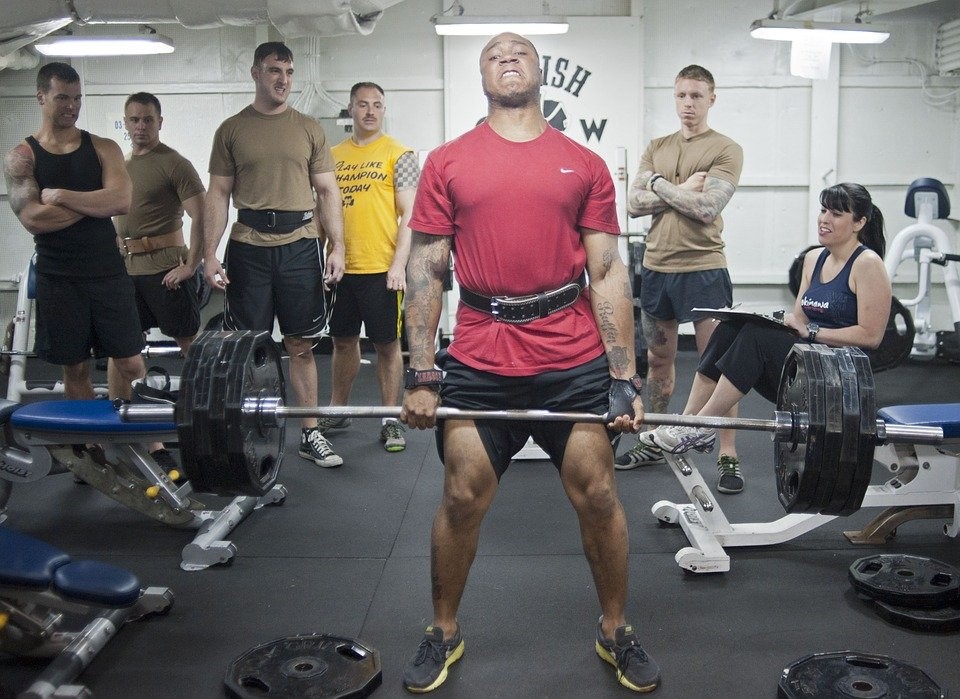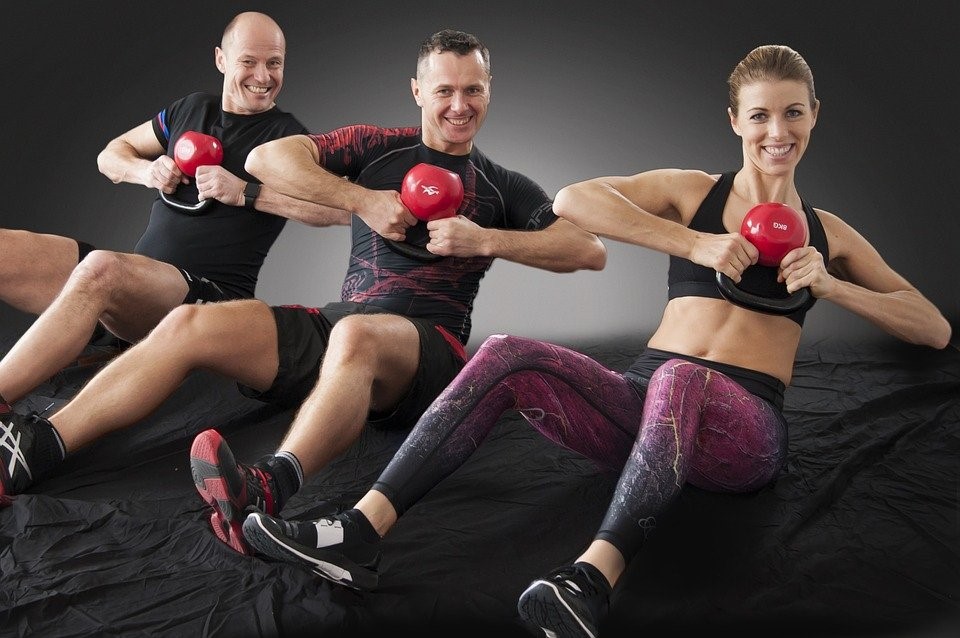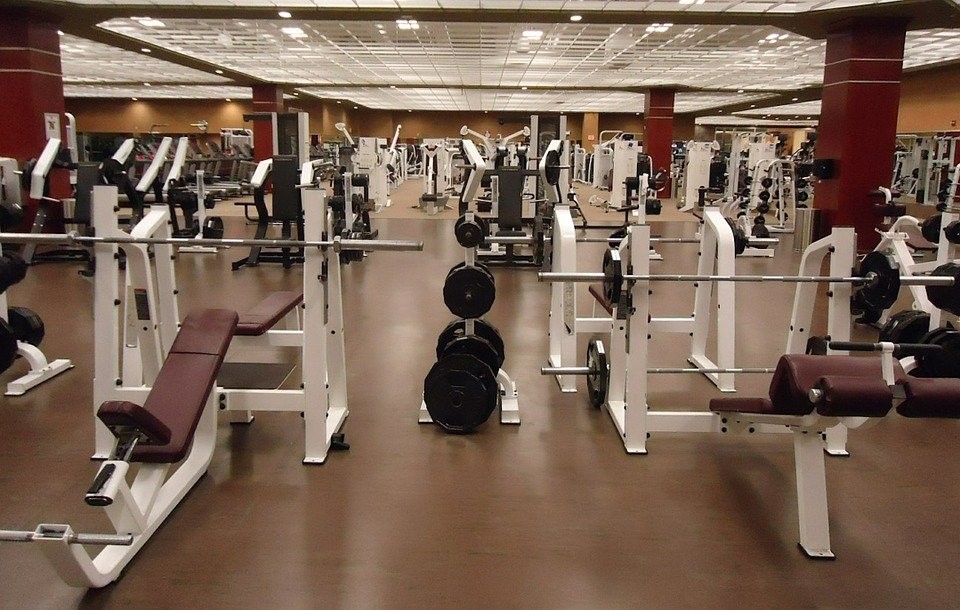Last Updated on October 27, 2022 by admin
CrossFit vs weightlifting – if ever there was a debate that shows no signs of ending, it’s this one! Fitness enthusiasts the world over get extremely bothered when someone claims that one is better than the other, especially if they are avid believers that the other is better.
The funniest bit is that both actually work towards making the participator a much fitter human being. However, like it is with pretty much everything else on this planet, we just can’t help but compare the two. So, which one makes a better athlete between CrossFit and Weightlifting? Let the debate rage on!
Comparing CrossFit vs Weightlifting
If we are going to make any headway, we need to first start by understanding the two, looking at their similarities, differences, and finally, their benefits. With that in mind, here is what you need to know about CrossFit and weightlifting side by side:
Weightlifting
Since CrossFit was invented in 2020 and is therefore barely out of its teens, we’ll start with Weightlifting, which has been around since the caveman lugged his club about and used brute strength to get things done.
The term weightlifting is a little vague. Its exact definition, according to the Merriam-Webster dictionary, is “one who lifts barbells in competition or as an exercise,” that’s how the dictionary describes a weight lifter which kinds of leaves that field wide open to interpretation.
For the purpose of clarity, it’s important to state that traditional weightlifting is all about the use of low-impact movements carried out at a relatively slow pace to work, develop and strengthen a specific group of muscles or movement chains. For the most part, weightlifting is a rather solitary undertaking unless you are using a fitness trainer to help you lift heavier loads at higher reps.
CrossFit
Invented in 2000 by Greg Glassman and Lauren Jenai, CrossFit borrows heavily from weightlifting but isn’t the same. Greg Glassman once said that CrossFit was designed to offer “constantly varied, high-intensity, functional movement.” It’s basically fitness in motion. That’s why a lot of what you will do in a CrossFit class includes exercises that are typically used in both powerlifting and Olympic competitions.
As you can tell, a CrossFit workout is designed to be an extremely intense type of workout. You will be required to take part in routines that are not only frequently changed but also involve the movement of large amounts of weight quickly and repeatedly.
Which is Better for an Athlete?
The answer to such a question always comes with a big “depends” attached to it. What are you looking for as an athlete?
- Do you want to build muscle?
- Are you looking to improve your strength?
- Maybe you are all about endurance?
You see, achieving any one of these goals calls for a whole different approach. Much like with almost everything else in this world, there really isn’t a one-size-fits-all approach to exercise. It depends on your specific body type and what you are looking to achieve.
To determine which kind of exercise is good for you, it’s important to list its pros and cons side by side.
Weightlifting Pros

Here are some of the reasons why weightlifting has always remained a mainstay in fitness circles:
Increases Strength
This is by far one of the biggest advantages of weight training – you give your muscles a chance to grow and increase in strength. The more weights you lift, the more your muscle fibers adapt to the strain and the more they grow.
The principles of progressive overload require you to gradually increase the amount of weight you are lifting and/or the number of repetitions. After about six to eight weeks of weight training, your body will increase its ability to produce force, meaning that you will have essentially become stronger and more defined.
Easy Measurability
The thing about weightlifting is that you will always know how much weight you can lift. This can be gradually measured. As mentioned, six to eight weeks into your weight training schedule, you should be able to lift far much more weight than you could at the beginning.
The best part is that there are no grey areas here – you can either lift more weight, meaning that you have gained muscle strength or that you have stagnated and need to employ the principles of progressive overload.
This is what makes weightlifting more motivating than most other types of exercises. While you can also track your improvement in exercises such as running by shaving off the number of minutes per mile or increasing your running distance, there is just something quite simple and extremely satisfying about seeing the number of pounds’ increase in weightlifting that motivates.
Increases Your Metabolism
Weightlifting inherently adds muscles to your frame, and this, as a result, increases your metabolic rate. The explanation for this is simple enough – the more muscles you build, the higher your metabolic rate and the more calories you burn through. This means that you have a better chance of staying lean when you lift weights because muscles tend to burn more calories than fat.
There is also a theory that this increased metabolic rate seems to remain high after each strength workout session. This means that your body could be burning through those calories throughout the day. If you want to stay lean, weightlifting is the way to go.
Improves the Health of Your Bones
If you are keeping the correct form, the stress that comes with lifting weights falls squarely on your muscles and your bones. This means that apart from building muscles, you also improve your bone density and, therefore, health. This is critical to staying healthy as you age since strong bones can prevent bone diseases such as osteoporosis.
Also, the older we get, the more bone mass we lose. There is something to be said about building up your bone mass in your younger years before you start losing it later on in life. This can help minimize your exposure to fractures and bone breakages.
Typically, Low Impact
Some forms of exercise tend to make the participants prone to injuries and general body structural problems. This is one of the biggest advantages of weightlifting over most other forms of exercise such as CrossFit and running.
Granted, lifting heavy weights puts excessive strain on your muscles to help them grow. However, if you use proper form, the impact is quite low, and as such, you are least likely to develop issues such as joint pains and other types of injuries.
Weightlifting Cons
As you would expect, weightlifting isn’t designed for everyone. Here are some disadvantages of weightlifting that might cause some concern:
It’s Not a Condition Exercise
While weightlifting will certainly do wonders for your muscle tone, mass, strength, longevity, and bone health, it really doesn’t do much for your cardiovascular conditioning. This tends to leave you a bit stiff and rather unfit unless you combine it with frequent cardio exercises.
Has a Bit of a Learning Curve
Weightlifting is only effective if you keep the proper form at all times. This means that you need to know exactly what you are doing and ensure that you are doing it right at every turn.
Consequently, it means that there is a bit of a learning curve, especially when dealing with complicated weight machines. You also need to learn your limits. While the progressive overload theory is effective in weightlifting, loading up too quickly will only lead to injuries.
You Need Special Equipment
Bodyweight exercises are quite effective when done consistently. Unfortunately, if you want to bulk up, you will need to add actual weights and machines into the mix.
This means that you will need to use a gym or build one at one. Either way, there is a need for special equipment. This is actually one of the biggest deterrents to most people – having to pay for a gym membership or needing to buy special equipment.
Weightlifting is by far one of the best ways to build up muscle and strength really quickly, which makes it quite ideal for athletes who depend on these qualities to excel at their sport.
Quite frankly, that’s almost every athlete. Unfortunately, without incorporating cardio exercises into your weightlifting sessions, you will end up not only rather unfit but also quite stiff, which isn’t ideal for most sports and can lead to injuries.
CrossFit Pros and Cons

Let’s take a look at some of the advantages and disadvantages of CrossFit training try and see which one is better for an athlete.
CrossFit Pros
Incorporates HIIT
HIIT (High-Intensity Interval Training) is one of CrossFit’s major cornerstones, if not THE cornerstone. These types of exercises are a wonderful way to improve muscle strength as well as cardiovascular endurance. This makes CrossFit more of a well-rounded type of exercise which takes into account your cardiovascular conditioning.
Pays Attention to Nutrition
Nutrition is an important part of any workout regimen. Unfortunately, not all the different types of workout programs put enough emphasis on the importance of nutrition. CrossFit participants are advised on what they need to eat and are told exactly why they need to keep that kind of diet to get the most out of their exercise.
Has a Built-in Community
When was the last time you went to the gym? You probably noticed everyone on with headphones on or simply working on separate machines on their own or with a single partner. That kind of isolation isn’t what you will get when you join a CrossFit gym.
This exercise regimen requires active participation from every member regardless of their fitness levels. The best CrossFit gyms work hard to ensure that everyone feels welcome and that they keep coming back for more.
Doesn’t Need Complicated Machines
One of CrossFit’s main advantages is learning to use your own bodyweight to create challenging routines that push you further and further along your fitness journey.
CrossFit Cons
As beneficial as CrossFit is for those looking to develop muscle and achieve cardiovascular fitness, it does have some drawbacks. Here are some CrossFit cons you should keep in mind:
Challenging Technique
Some of the most common CrossFit moves are derived from Olympic weightlifting and gymnastics, which take years to master and are only undertaken by professionals.
Although CrossFit experts continuously advise people to adhere to the correct mechanical form, many participants, especially newcomers, don’t always follow these critical directions, mostly because of inexperience or exhaustion during the workout sessions.
This, unfortunately, tends to lead to frequent injuries, which, depending on the intensity of the workout and move being performed, could lead to permanent damage.
Peer Pressure
While having a strong community is one of the biggest advantages that come with being a CrossFitter, it can also be a disadvantage. Well-meaning instructors often erroneously encourage participants to carry out moves or lift weights beyond their capability so that they can get stronger and fitter faster.
When weightlifting in a gym, you can easily stop doing that if you are uncomfortable with the weight level. However, when in a full class of enthusiastic CrossFitters, you might push yourself further than you should, and this kind of peer pressure can lead to injuries or even demoralization.
Which is Better – CrossFit vs Weightlifting?
CrossFit is inherently better for people who want to improve muscle strength and cardiovascular fitness while maintaining a lean, mesomorph kind of body. Unfortunately, not everyone is built that way, and some people just have bigger endomorphic bodies. Some people want to build muscle mass as opposed to getting lean.
For these people, wrestlers, and so on, weightlifting with a bit of cardio is the best way to go. It all comes down to what you want to achieve with your fitness regimen. Both have their advantages and disadvantages.

